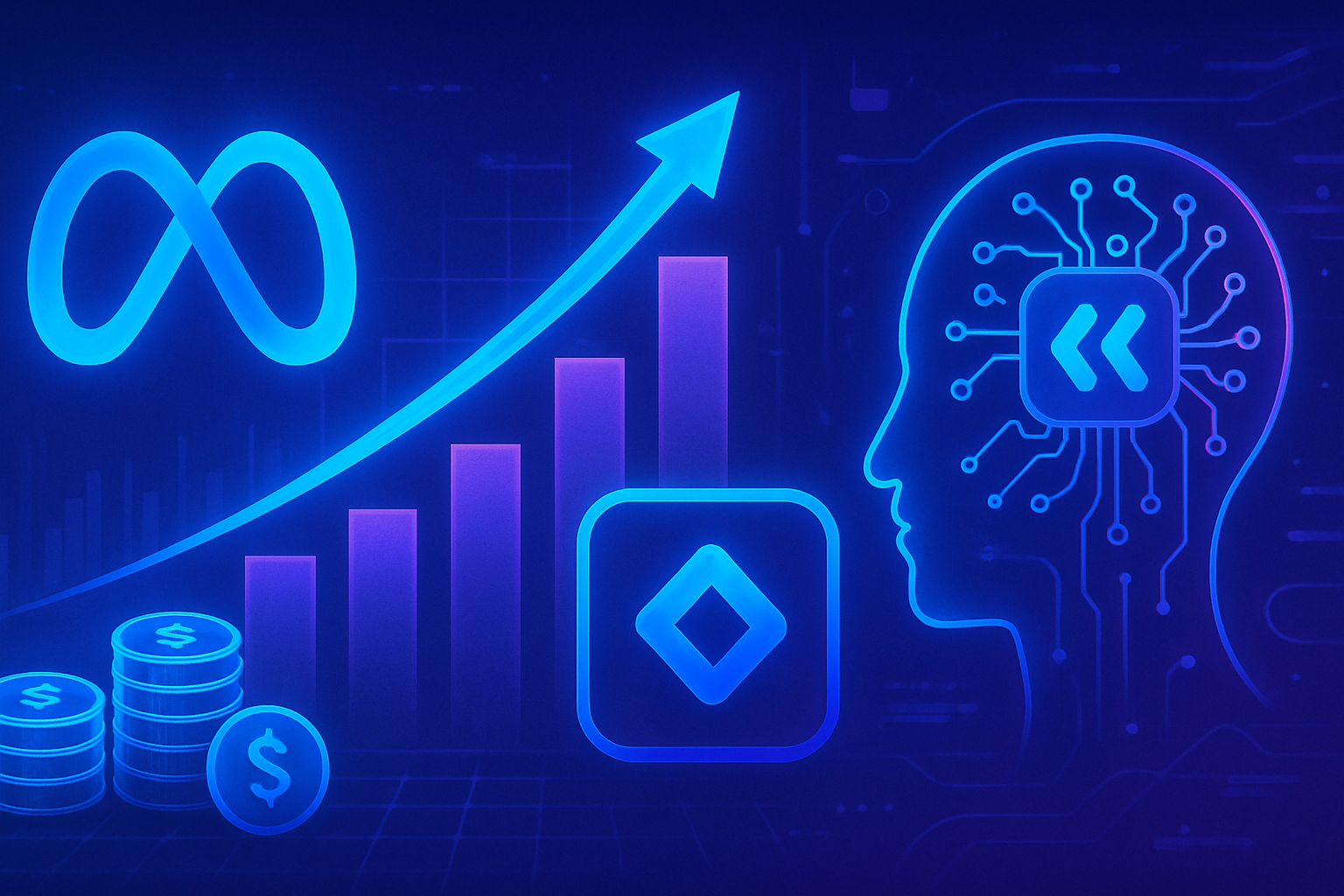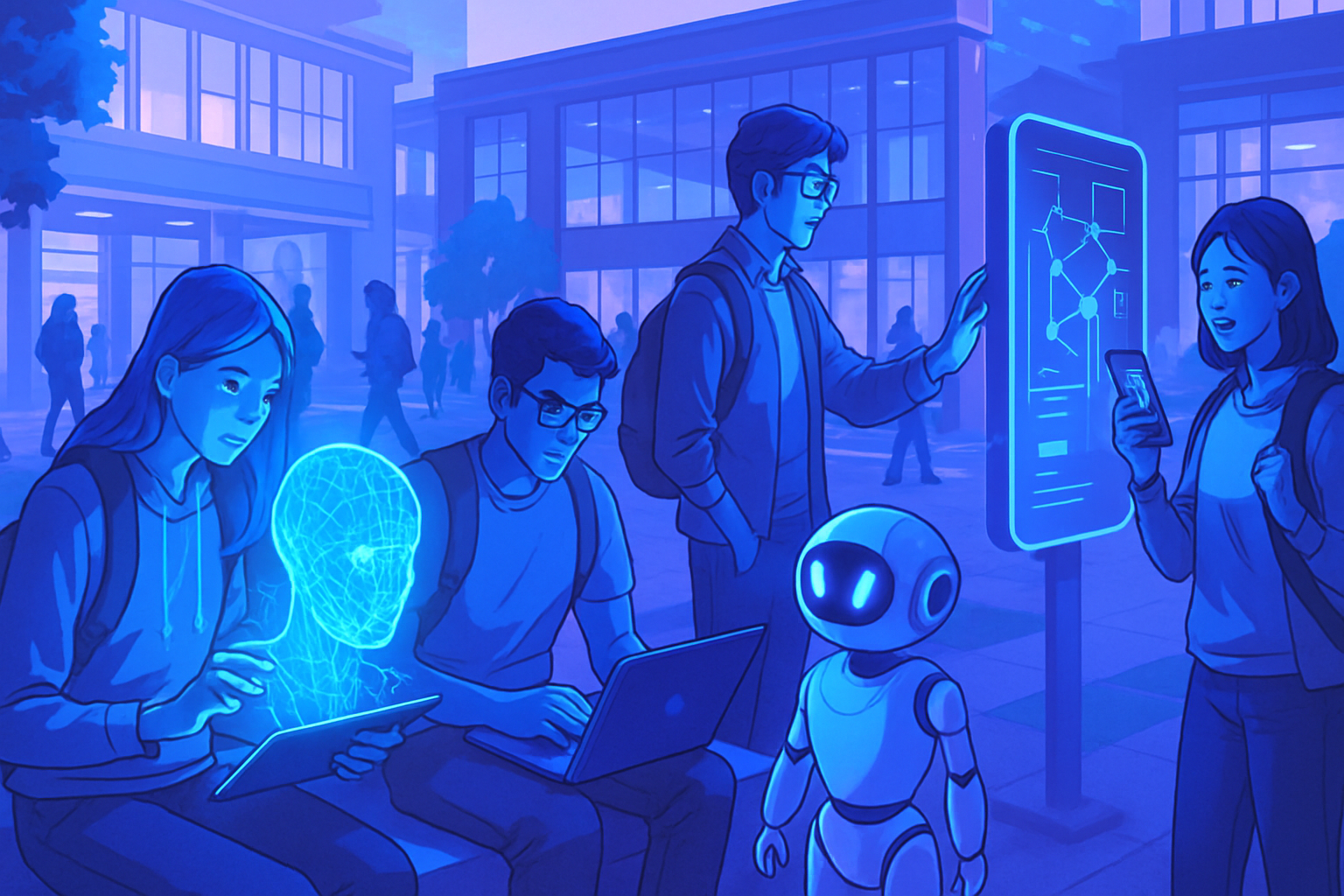The digital revolution is transforming every sector, but ambivalence persists regarding access to artificial intelligence. Equal access to AI is a cornerstone for optimizing processes in human resources and education. This technology, when used judiciously, remarkably improves skills management and the educational experience.
Data siloed between educational institutions and businesses creates an imbalance that hinders innovation. The lack of unification in skills processing obstructs organizations’ ability to accurately assess their talents. The harmonious development of synergies between education and the professional world relies on facilitating access to AI and its predictive analyses.
Enhancing the accessibility of artificial intelligence is no longer an option but an imperative necessity to forge a promising future. The vulnerability of educational systems and HR departments in the face of this opportunity requires bold transformation.
Role of artificial intelligence in human resources
The integration of AI in human resources revolutionizes recruitment and talent management practices. With advanced analytical tools, it becomes possible to improve the matching between candidates’ skills and job requirements. Companies can thus reduce the risk of hiring errors while optimizing their decision-making processes.
The ability of artificial intelligence to provide predictive analyses helps organizations anticipate the skills needed for the future. With this information, HR departments can better prepare for changes in the job market. Continuous follow-up of employees also becomes feasible, enabling the rapid identification of training needs.
Transformative potential of AI in education
In the educational sector, artificial intelligence can significantly transform the learning experience. AI systems analyze students’ performance in real-time, detecting early signs of learning difficulties. This analytical capability allows for rapid and targeted intervention, promoting students’ academic success.
Teachers also benefit from a significant reduction in their administrative burden thanks to AI. By automating tasks such as grading assignments, AI frees up valuable time for pedagogical support. Thus, teachers can focus on innovative teaching practices tailored to the individual needs of students.
Data interoperability between sectors
Structural barriers hinder the exchange of information between educational institutions and HR departments. Data on skills often remain siloed, preventing a comprehensive view of available talents. Interconnecting data through platforms like Skills Data Space allows for breaking down these barriers.
By facilitating information sharing, specialized platforms will contribute to establishing an interconnected artificial intelligence ecosystem. This allows each actor to have an up-to-date view of the skills in the market, thereby fostering the alignment of training offerings and professional expectations.
Ethical considerations and concerns
Despite the potential of AI, concerns persist, particularly regarding data security and privacy. Educational leaders often express hesitation about the widespread adoption of these technologies. These concerns hinder the large-scale deployment of AI-powered tools in schools.
Ethical data management and the establishment of strict standards will help reassure end-users. A dialogue between experts and stakeholders will establish clear frameworks for the responsible use of artificial intelligence.
Initiatives promoting AI accessibility
Several initiatives reflect a willingness to democratize access to AI in education and human resources. Collaboration between educational institutions and businesses fosters the establishment of an environment conducive to this technological evolution. This not only ensures optimal skills management but also prepares individuals for the demands of the job market.
To illustrate this dynamic, some partnerships have already developed AI systems capable of linking students, training, and job opportunities. These advancements reflect a shared commitment to leveraging the possibilities offered by artificial intelligence.
Future perspectives
The future of artificial intelligence looks promising in both human resources and the educational sector. By harnessing advanced analytical capabilities, it is possible to anticipate and understand the evolving skills required in the market. This translates into more tailored training and a strengthened alignment between education and employment.
Actors in both sectors must commit to maximizing the benefits of this transformation. The implementation of AI technologies requires investment in training professionals and raising awareness of these tools. This will promote a calm and effective adoption of innovations that respect human needs.
Frequently asked questions
Why is it crucial to make artificial intelligence accessible in human resources?
Making artificial intelligence accessible in human resources improves the recruitment process and talent development, thus making organizations more efficient and competitive. It also helps optimize available skills by ensuring better matching between candidates and job offers.
How can artificial intelligence improve education?
Artificial intelligence can transform education by offering personalized learning paths, detecting learning difficulties early on, and automating administrative tasks, allowing teachers to focus on pedagogy.
What are the main challenges associated with integrating artificial intelligence into education?
Challenges include concerns about data security and privacy, structural barriers between educational institutions, and slow adoption of technologies, which hinders the implementation of advanced AI solutions.
What role does accessibility of artificial intelligence play in skill development in companies?
The accessibility of artificial intelligence enables companies to better anticipate skills needs, customize training paths, and better prepare their employees for market requirements, while facilitating data exchange.
How can artificial intelligence help assess students’ skills?
It can analyze students’ performance in real-time, providing instant feedback on their progress and identifying their gaps to provide customized learning.
How can human resources leverage artificial intelligence for employee performance tracking?
Artificial intelligence allows for regular and precise tracking of employee performance through continuous evaluations, thus facilitating the establishment of training plans tailored to each employee’s professional goals.
What is the importance of collaboration between the educational and professional sectors to integrate AI?
Collaboration between the educational and professional sectors helps better align taught skills with those required in the labor market, facilitating students’ access to relevant internships and job opportunities.
What benefits does access to artificial intelligence bring to companies and educational institutions?
Enhanced access to artificial intelligence improves operational efficiency, offers more relevant training, better prepares future talents, and adapts curricula to the evolving needs of markets.






